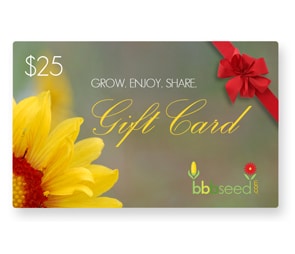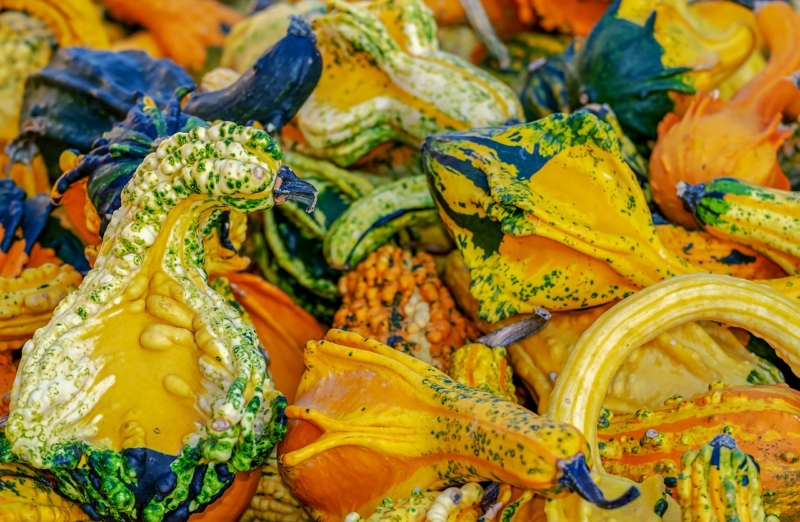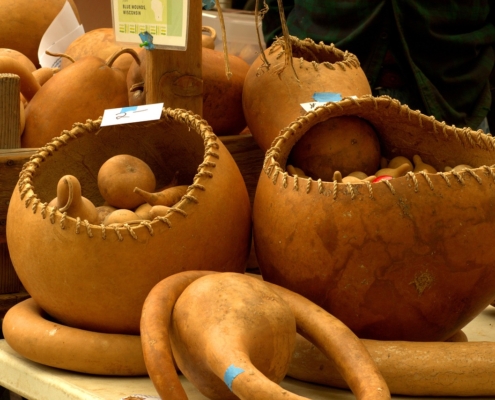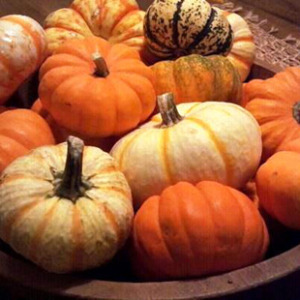Tools to be a Better Gardener
Garden Tools
by Sandy Swegel 
Today I’ve been thinking about how the garden tools I use have made me a better gardener. I have spent a lot of money over the years on tools that break or tools that seemed clever but end up unused. I garden at least twenty hours a week for other people, so my tools need to be effective and efficient as well as durable.
(Keep these in mind if you are trying to figure out a good holiday or birthday gift for a gardener friend or relative! One of these and a great gift card for seeds is sure to be useful and welcome!)
My Must-Have Garden Tools include:
Good Hand Pruners naturally. Felco pruners are great if you can afford them. A sharp edge is the more important feature of hand pruners and you need a high-end pruner that does have cheapo soft metal that dulls the first time you use it. I like Felcos, but Corona and Fiskars both have high-end pruners that are good. For my use, I need a replaceable blade because no matter how much you sharpen, at some point you need a fresh blade. I have hand pruners in two sizes…a smaller pair for perennial maintenance because they are lighter weight and a larger pair for shrubs, roses and trees. Last year Costco had a great deal on a generic version of Felcos in a two-pack.
A Soil Knife. The original name of this tool was a hori-hori knife and my first one came right from Japan. Now I like the bright orange soil knife from AM Leonard. The plastic resin handle holds up better than wood and the bright orange is easier to find when I lose it. You have to be careful of the extremely sharp edges (one side serrated and one side flat) but this is my combo trowel, weed digger, shovel, a garden tool for dividing perennials, etc.
Fiskars Power Gear Bypass Lopper 15 or 18 inches. I love the Fiskars PowerGear line. They really do give you more power per effort than any other lopper. I use the smaller loppers the most because they are lightweight and because they fit more easily between dense branches.
Black and Decker cordless (18V) sweeper. They don’t call this a vac because it’s not strong enough for big piles of leaves…but it’s the perfect quick cleanup at the end of working in the garden whether you’re “sweeping” a path or blowing debris lightly off of rock mulch. I also use it to sweep my kitchen floor.
Milwaukee Sawzall pruning blade. This vicious jagged blade is one of the secret weapons that let me do the work of your average 20-year-old male landscaper. Perfect for cutting trees or cutting right in the soil through old roots.
Mini Shovel and Mini Mattock Pickaxe. OK, laugh if you want, my friends do….but then they go out and get these mini tools when they see how much work they let me do. They are the same tools the aforementioned 20-year olds use in full-sized versions, but lightweight enough for me to use without ruining my rotator cuff, a common gardening injury. I use both while kneeling in the soil up close and personal to my job. Don’t get a wimpy camping pick or a garden pick made of thin metal…get the real thing in the hardware store.
Those tools and a colorful TubTrug or two, (those bendable colorful garden buckets that are worth every nickel) and you’ll find yourself able to work faster and stronger in the garden without trying too hard.





